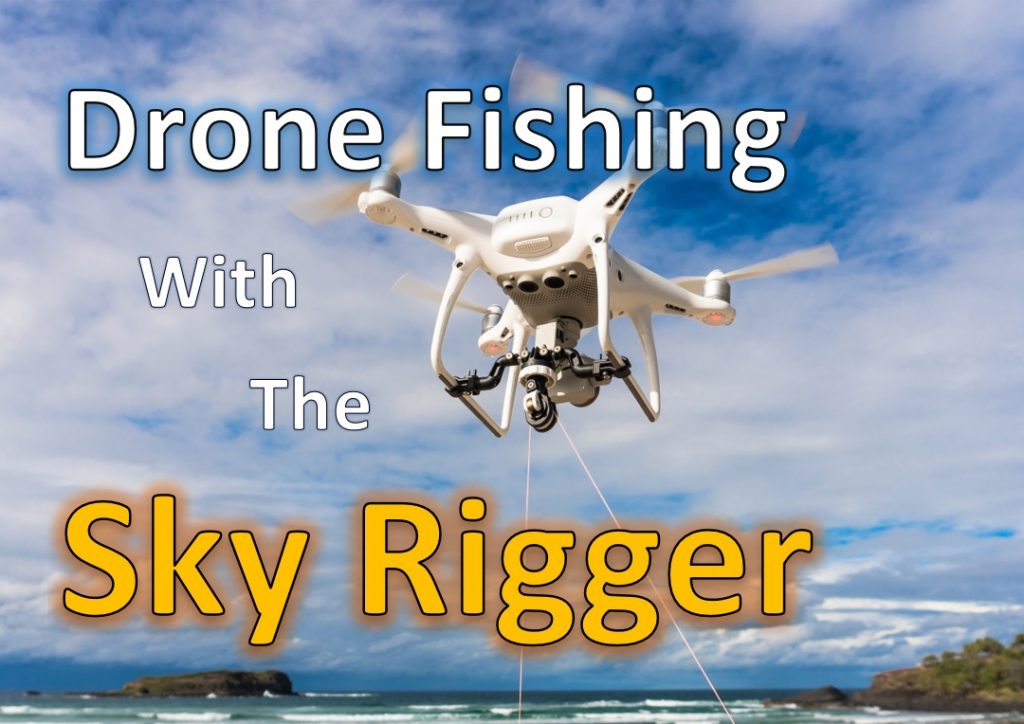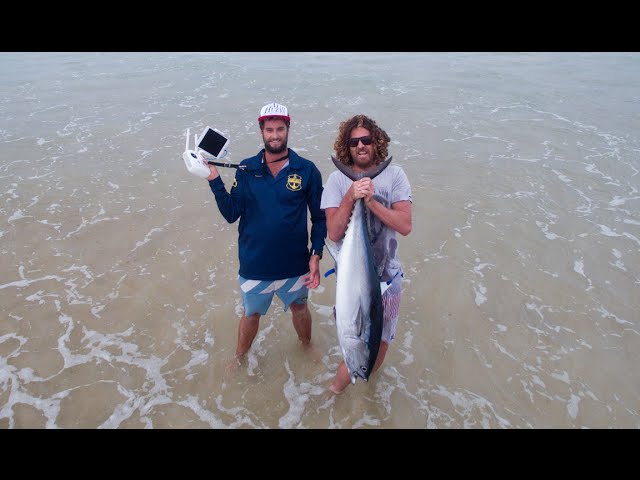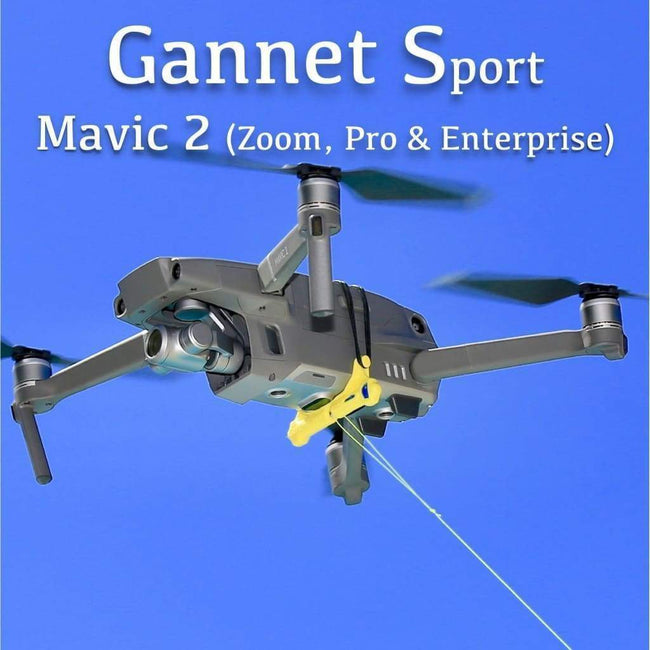
If you are an avid fisherman who lives in Australia, you may be able to use a drone and get an aerial view around the waters. A drone can have many features such as an angle adjustable camera and GPS positioning system. There are also fishing lines available that can be used for fishing. They are very stable and secure. One example of such a drone is the SKY RIGGER.
SKY RIGGER is an unmanned fishing line.
The SKY RIGGER fishing line system for drones allows you fly fish and is flexible. Two rotating leg clamps allow the system to be attached to a variety of drone models. The release mechanism uses a bayonet connection and a camlock arm. This allows for quick opening of the line clamps. Unlike other drones, the Sky RIGGER requires no batteries and can accommodate all fishing techniques safely.
The SKY RIGGER has an automatic release mechanism for when a fish strikes your fly. You can also release the line manually with your hand or rod. This feature is standard on all SKY RIGGER models. It is recommended that you purchase a Phantom 3 before purchasing the new SKY RIGGER. The following are some pros and con's of the new line:
It has a mechanical payload release
A drone with a mechanical payload release system is one of the most important aspects. Many of them allow anglers to quickly and easily release their fishing line. Some models don't have a release mechanism. Instead, the user must "yank" the fishing line to release the drone from the line. This can be a tedious process, especially for those who don't feel comfortable using their hands to release it.

Another important feature is its payload release mechanism. The payload should be able to release the drone's line when the fish is struck. Catch and release fishing is a skill that should be practiced before you attempt it. Many have had positive experiences with the DJI Phantom. However, the technology is not yet up to the standard of other fishing drones.
It also has a GPS position system
Rippton is a joint Australian and Dutch venture that specializes in technology-oriented fishing products. It was established to help anglers improve their success rates and create products that will enhance the enjoyment of fishing. Rippton's Mobula drone is equipped with a GPS positioning device and remote release. The Mobula has the ability to hold bait at surface, provide resistance for kite clips, as well as being environmentally friendly.
It is light at 3 pounds and can take off for 18 minutes. It also has a high-tech GPS system, allowing it to be controlled from 2,000 yards away. The range is 1000 meters or half a miles. Intelligent flight modes are also available. It can take high-quality pictures of its surroundings thanks to its point of interest function. You can get amazing views of fish with its high-resolution camera.
It includes a failsafe safety feature
Aerokontiki's fishing drone includes a failsafe safety feature. It monitors your battery level and releases the line as needed. It will return to dry land if the battery runs out and continue its mission. It operates with industrial-grade flightcontrollers, and it can work anywhere without requiring calibration. The drone can be used in even the most challenging water spots, and is waterproof.

FAQ
What is the difference between a quadcopter and a hexacopter?
A quadcopter is an four-rotor helicopter which flies in the same manner as a conventional helicopter. The quadcopter has four independent rotors. The quadcopter's quadcopter counterpart, the hexacopter, has six instead of four. Hexacopters can be more stable and maneuverable that quadcopters.
Does the FAA regulate drones
The FAA oversees all aspects regarding drone operations, including safety standards and certification requirements.
What US states do drones are legal in?
You can legally fly a drone for personal use. The Federal Aviation Administration (FAA), established guidelines that allow individuals to fly small unmanned aircraft systems. Before UASs can be flown, they must be registered with FAA. If certain conditions are met the FAA will allow commercial operators to fly these drones.
Is it against the law to fly a helicopter?
Yes, it is illegal to fly drones in some countries like Australia, Canada and New Zealand. It is legal in some other countries, such as France and Italy, the Netherlands, Poland, Russia or Switzerland, Turkey, Ukraine, and Vietnam.
What is the law about drones flying on private property?
Recently, the FAA released new rules for commercial drone operations. These rules apply to UAVs with a weight less than 55lbs and that fly at a height of below 400 feet from the ground. Commercial operators need to register with the FAA in order to obtain a license. They also need permission from local authorities when operating near airports or other restricted areas.
Statistics
- According to Indeed, a drone pilot gets paid $25.73 per hour on average in the US. (dronesgator.com)
- Research and Markets predict a growth rate of 51.1% over the next five years. (thedroneu.com)
- According to industry research from ZipRecruiter , there are 10 cities where the typical salary for a Drone Pilot job is above the national average. (dronesgator.com)
External Links
How To
How to Fly Drones for Beginners
A drone refers to a remote-controlled aircraft designed for aerial photography, surveillance and scientific research. Drones have been in use since World War II. DJI's Phantom series of quadcopters was the first to be commercially used. There have been many types of drones since then, including beginner-friendly drones like the Parrot AR Drone 2.0 and professional-grade multi-rotor crafts like the DJI Mavic Pro.
There are many options for flying a drone.
-
Remote control: This uses a remote control device that attaches to your hand and allows you control the drone along its flight path. There are two types of controllers available: joysticks and on/off switches.
-
Manual Control – This method lets users remotely control the drone by using a smartphone app. The app will give you instructions.
-
Autonomous Flight: This means that the drone will take care of all the piloting. It basically flies autonomously without any human intervention. A drone must have a builtin camera and sensors capable to capture images and other data.
-
Triggered flight - This is similar to manual control except that the pilot sets up a preprogrammed route and the drone follows the route until it reaches its destination. The drone automatically lands once the route has been completed and returns to the base.
-
Landing Gear – Some drones are equipped with landing gear, which allows them to safely land if they lose power during flight.
-
Goggles - Some pilots wear goggles to protect themselves from debris while operating.
-
Camera - You can capture photos and videos with your drone from the air.
-
Obstacles - Some drones can be equipped with obstacle avoidance systems that prevent them from crashing into obstacles.
-
Speed - Some drones can travel at speeds over 40 mph.
-
Battery Life: Most drones have a battery life of between 20 and 30 minutes depending on how many power sources you use.
-
Range - Depending on the model, some drones can travel up to 30 miles away.
-
Power source - Some drones require an external power source; others work off internal batteries.
-
Weight - Some drones weigh less than 1 pound, whereas other models weigh up to 4 pounds.
-
Size - Drones come in many sizes, from small gadgets that fit in one's hands to large craft that weigh more than 50 lbs.
-
Price - Drones come in a variety of price categories, including high-end models which can run into the thousands and low-cost options that can start at $100.